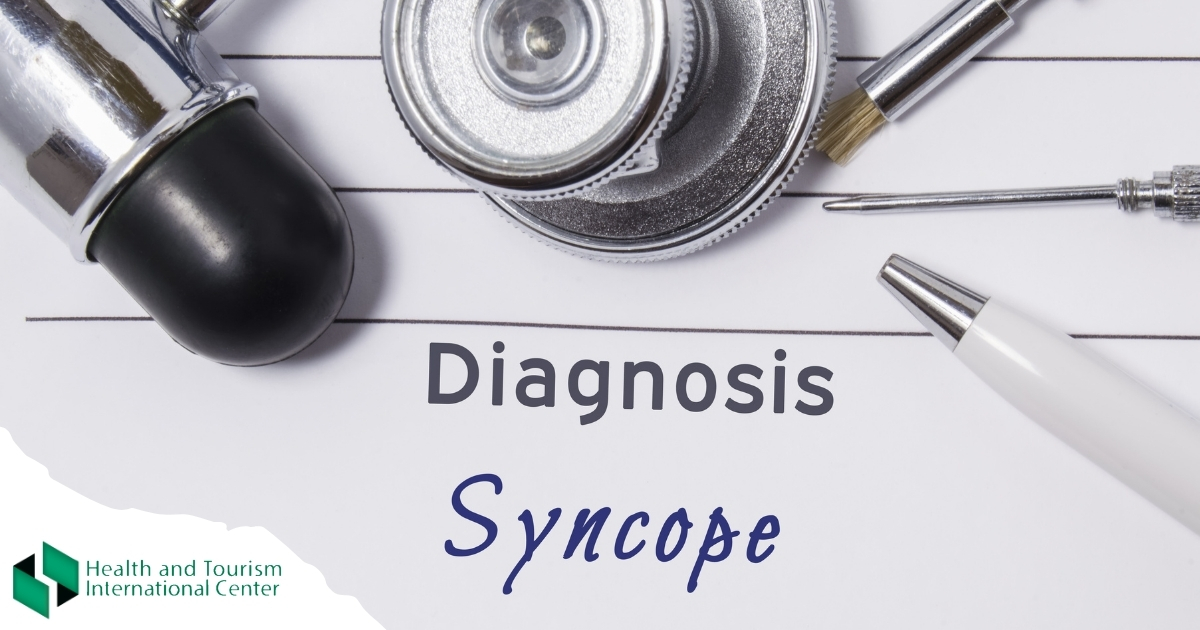What is vasovagal syncope?
The vasovagal syncope trigger causes your heart rate and blood pressure to drop suddenly. That leads to reduced blood flow to your brain, causing you to briefly lose consciousness.
Vasovagal syncope is usually harmless and requires no treatment. But it's possible that you may injure yourself during a vasovagal syncope episode.
Your doctor may recommend tests to rule out more-serious causes of fainting, such as heart disorders.
Symptoms
Before you faint due to vasovagal syncope, you may experience some of the following:
- Pale skin
- Lightheadedness
- Tunnel vision — your field of vision narrows so that you see only what's in front of you
- Feeling warm
- A cold, clammy sweat
- Blurred vision
- Nausea
During a vasovagal syncope episode, bystanders may notice:
- Jerky, abnormal movements
- A slow, weak pulse
- Dilated pupils
Recovery after a vasovagal episode generally begins in less than a minute. However, if you stand up too soon after fainting — within about 15 to 30 minutes — you're at risk of fainting again.
When to see a doctor
Fainting can be a sign of a more serious condition, such as a heart or brain disorder. You may want to consult your doctor after a fainting spell, especially if you've never had one before.
Causes
Sometimes there is no classical vasovagal syncope trigger, but common triggers include:
- Standing for long periods of time
- Heat exposure
- Seeing blood
- Having blood drawn
- Fear of bodily injury
- Straining, such as to have a bowel movement
You may not always be able to avoid a vasovagal syncope episode.
What to do when fainting?
- If you feel like you might faint, lie down and lift your legs.
- If you can't lie down, sit down and put your head between your knees until you feel better.
Source:
https://www.mayoclinic.org/diseases-conditions/vasovagal-syncope/symptoms-
causes/syc-20350527

